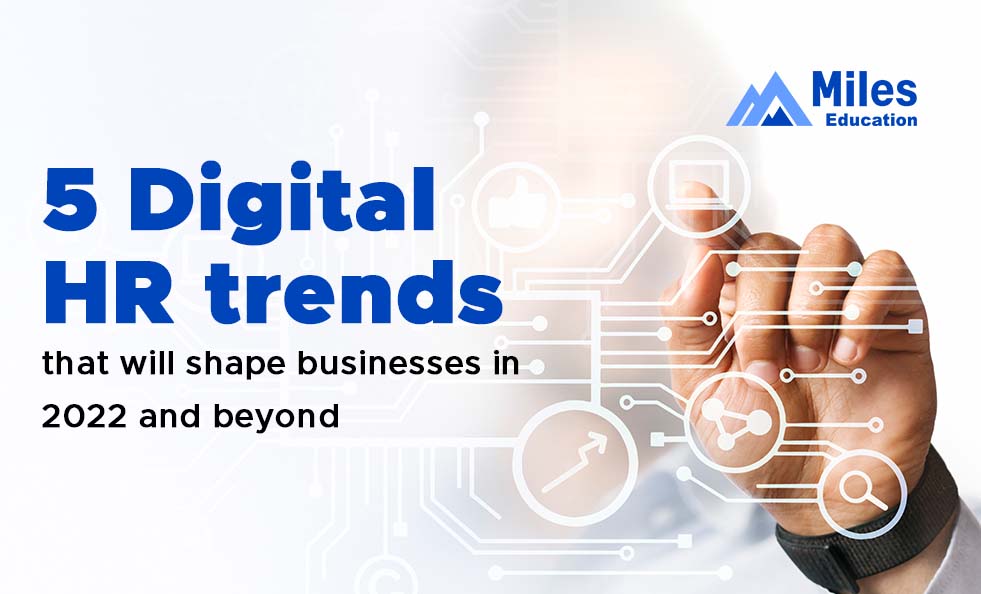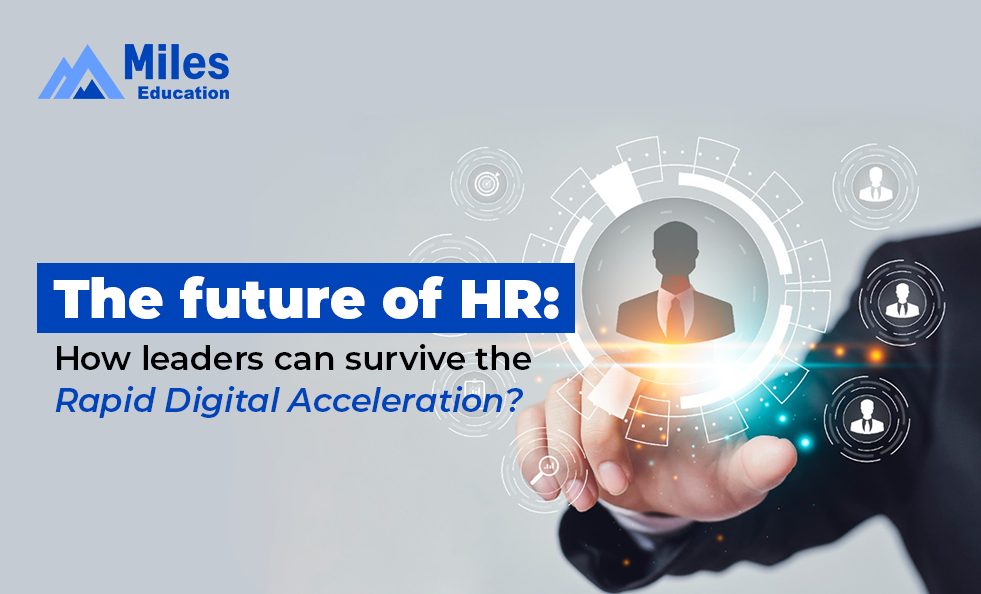A Human resource management system is one that manages and records all the information, data, and issues of the employees in an organization. The functions of the HR department in the company include compensation, recruitment, hiring, performance management, organization development, safety, wellness, benefits, training, communication, and preserving employee motivation. The HRs also engage in strategizing to manage the people of the organization in a strategic way. This requires a comprehensive approach to maintaining workplace culture and environment. The real aim of the HR department in an organization is to enable employees to contribute effectively and productively to the overlying direction of the company. They make sure that the employees are content and enthusiastic to contribute toward the company’s goals and objectives.
 This industry is at the forefront of a digital transformation that can now be seen to be increasingly adopted. Digital HR is a term used to refer to the digital transformation currently affecting the human resources industries at large. This change has been advancing due to the use of technology for advancements in data collection and analysis. This transformation rampant and acknowledged everywhere, can vary from organization to organization. Some businesses acquaint themselves with the transformation to reduce the use of paper and manpower while others totally make a complete shift to include all the HR processes in a digital way.
While the digital transformation of the HR industry is inevitable much like many industries where technology can be employed to ease the process, it comes with many great beneficial factors for the HR department in particular. Some of these benefits include
This industry is at the forefront of a digital transformation that can now be seen to be increasingly adopted. Digital HR is a term used to refer to the digital transformation currently affecting the human resources industries at large. This change has been advancing due to the use of technology for advancements in data collection and analysis. This transformation rampant and acknowledged everywhere, can vary from organization to organization. Some businesses acquaint themselves with the transformation to reduce the use of paper and manpower while others totally make a complete shift to include all the HR processes in a digital way.
While the digital transformation of the HR industry is inevitable much like many industries where technology can be employed to ease the process, it comes with many great beneficial factors for the HR department in particular. Some of these benefits include
 A transformation of any kind can be a daunting undertaking, especially if the team has been used and trained in a particular system. These are the ways the transformation can be done with minimum redundancy.
A transformation of any kind can be a daunting undertaking, especially if the team has been used and trained in a particular system. These are the ways the transformation can be done with minimum redundancy.
 This industry is at the forefront of a digital transformation that can now be seen to be increasingly adopted. Digital HR is a term used to refer to the digital transformation currently affecting the human resources industries at large. This change has been advancing due to the use of technology for advancements in data collection and analysis. This transformation rampant and acknowledged everywhere, can vary from organization to organization. Some businesses acquaint themselves with the transformation to reduce the use of paper and manpower while others totally make a complete shift to include all the HR processes in a digital way.
While the digital transformation of the HR industry is inevitable much like many industries where technology can be employed to ease the process, it comes with many great beneficial factors for the HR department in particular. Some of these benefits include
This industry is at the forefront of a digital transformation that can now be seen to be increasingly adopted. Digital HR is a term used to refer to the digital transformation currently affecting the human resources industries at large. This change has been advancing due to the use of technology for advancements in data collection and analysis. This transformation rampant and acknowledged everywhere, can vary from organization to organization. Some businesses acquaint themselves with the transformation to reduce the use of paper and manpower while others totally make a complete shift to include all the HR processes in a digital way.
While the digital transformation of the HR industry is inevitable much like many industries where technology can be employed to ease the process, it comes with many great beneficial factors for the HR department in particular. Some of these benefits include
- Saves time: The automation of the HR department will provide professionals with an ample amount of time to focus on other processes by omitting the repeated involvement in recurrent tasks. This allows professionals to set time for other tasks that are crucial.
- Efficiency: The use of technology generates efficiency and reduces the chances of mistakes in many areas of the HR department. The use of AI and other processes helps in screening the applications when hiring.
- Data-driven process: Capturing data for the purpose of analyses is very important for any department in an organization. The use of technology allows for HR Analytics which can help the department meet its strategies.
- Keep up with the times: Using tech in the HR department is just another step towards the inevitable move towards the use of technology, which will be the dominant medium of a changing workforce. This will allow the HR department to use many web portals, applications, etc to help them reach their goals.
 A transformation of any kind can be a daunting undertaking, especially if the team has been used and trained in a particular system. These are the ways the transformation can be done with minimum redundancy.
A transformation of any kind can be a daunting undertaking, especially if the team has been used and trained in a particular system. These are the ways the transformation can be done with minimum redundancy.
- Stick to usual processes in a digital way: While the transformation will bring many options to the fore, sticking to the usual method of functioning should be maintained from the start. This will avoid a burden on the department.
- Collaboration: The technological facilities should be used to create a collaborative effort from the entire team. This will increase the creative output and help segregate pressure evenly.
- Converge: The transformation will allow the department to include all the processes in one way of generic functions. This convergence of the various processes will help reduce confusion and will further reduce the occurrence of errors.






























1 thought on “The various stages of a successful transformation of digital HR”
Hello there, I discovered your site by way of Google even as looking for a similar topic, your website got here up, it looks great. I have bookmarked it in my google bookmarks.